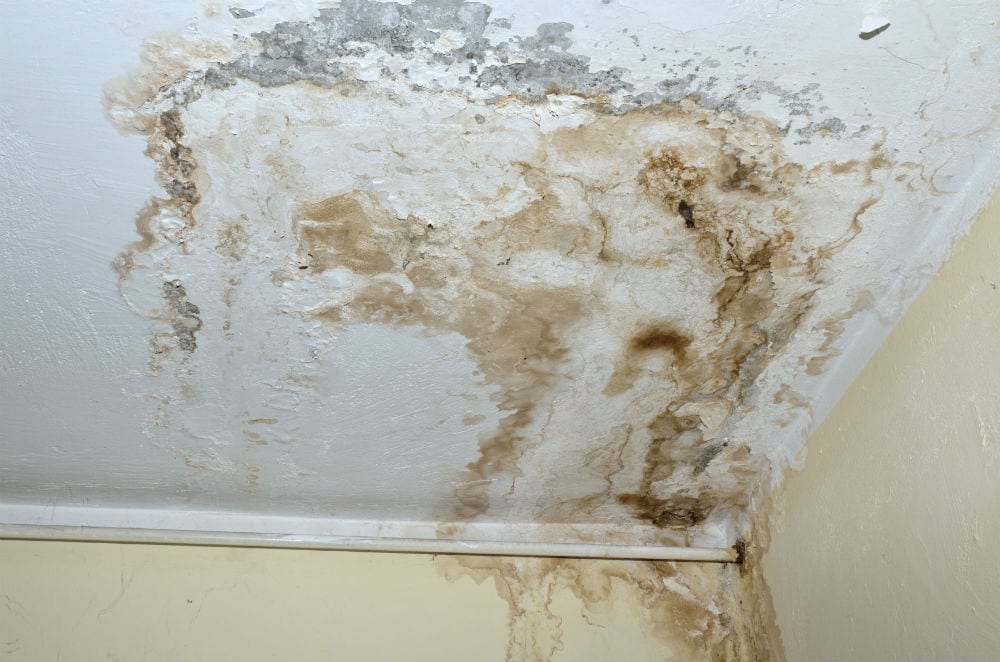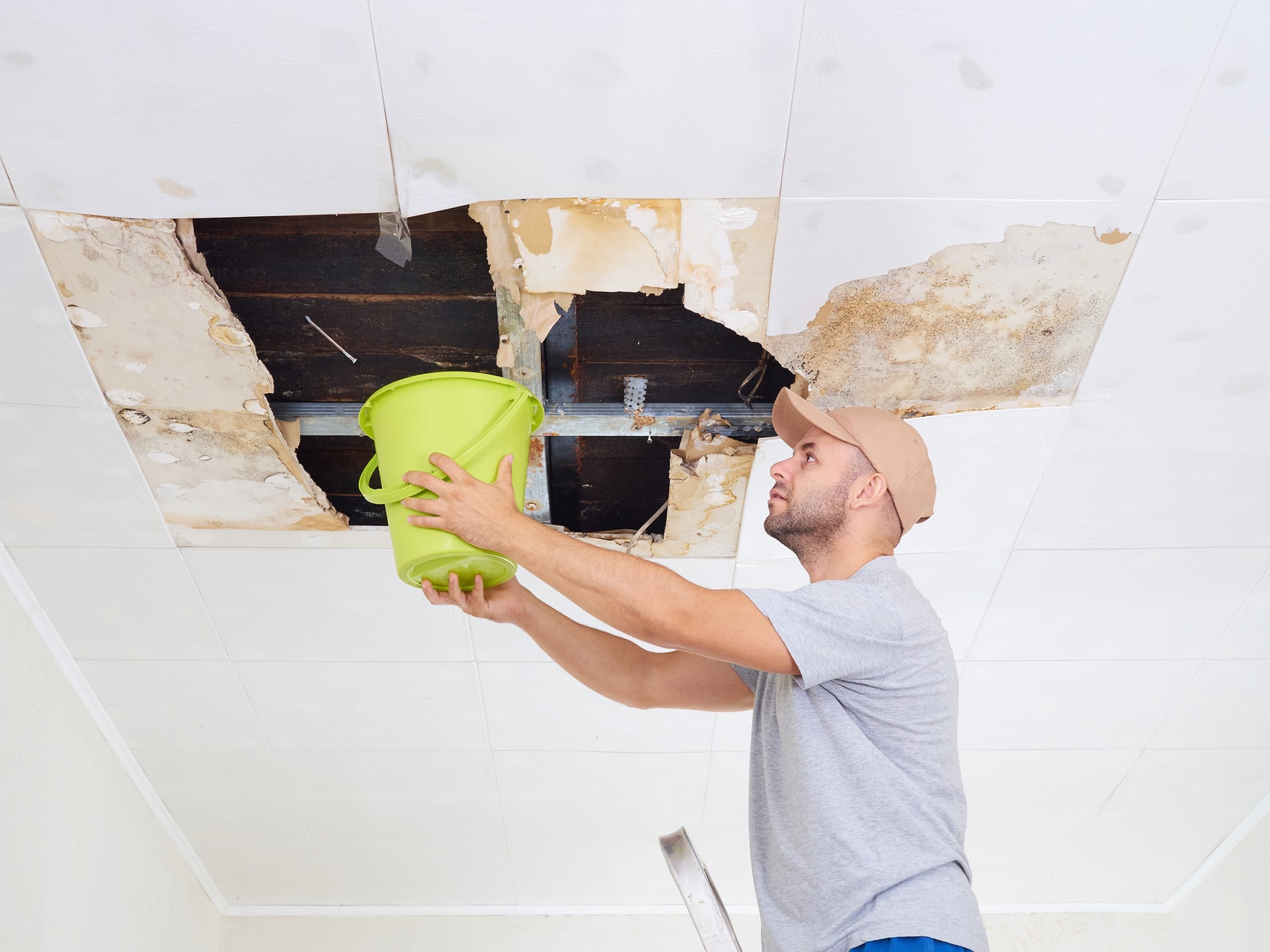6 Water Damage Restoration Do's and Don'ts.
6 Water Damage Restoration Do's and Don'ts.
Blog Article
This great article following next pertaining to Keeping Your Home Safe This Holiday Season is exceptionally engaging. Give it a go and draw your own personal results.

Water provides life, water invasion on parts where it's not meant to be can result in damages. Houses with water damages odor old as well as musty.
Water can come from many resources such as hurricanes, floods, ruptured pipelines, leakages, as well as sewer issues. In case you experience water damage, it would certainly be great to know some safety preventative measures. Right here are a couple of guidelines on just how to take care of water damage.
Do Prioritize House Insurance Insurance Coverage
Water damage from flooding dues to heavy winds is seasonal. Nonetheless, you can also experience an abrupt flooding when a damaged pipe unexpectedly bursts into your house. It would certainly be best to have residence insurance that covers both acts of God such as natural tragedies, and emergencies like damaged plumbing.
Don't Fail To Remember to Shut Off Utilities
In the event of a catastrophe, particularly if you reside in a flood-prone area, it would be advisable to turn off the major electric circuit. This removes power to your whole residence, protecting against electric shocks when water is available in as it is a conductor. Furthermore, do not neglect to shut off the main water line shutoff. When floodwaters are high, furnishings will move around and also trigger damage. Having the major valve shut down prevents additional damages.
Do Remain Proactive and Heed Climate Notifies
Storm floods can be really uncertain. Stay aggressive as well as ready if there is a background of flooding in your neighborhood. Pay attention to evacuation warnings if you live near a creek, river, or lake. Get belongings from the very beginning and also basement, then put them on the highest possible level. Doing so decreases prospective building damages.
Do Not Ignore the Roof
You can prevent rain damage if there are no openings and also leakages in your roof covering. This will certainly avoid water from moving down your wall surfaces and also soaking your ceiling.
Do Pay Attention to Little Leakages
A burst pipe doesn't happen over night. Generally, there are warnings that suggest you have damaged pipelines in your home. For example, you may see bubbling paint, peeling off wallpaper, water streaks, water stains, or leaking sounds behind the wall surfaces. Ultimately, this pipeline will rupture. Preferably, you should not wait on points to escalate. Have your plumbing repaired prior to it causes huge damages.
Do Not Panic in Case of a Ruptured Pipe
Keeping your presence of mind is vital in a time of crisis. Since it will suppress you from acting fast, worrying will only compound the trouble. Timing is key when it comes to water damages. The longer you wait, the even more damage you can anticipate. Therefore, if a pipe bursts in your residence, quickly turned off your main water shutoff to cut off the resource. Then disconnect all electrical outlets in the location or shut off the breaker for that part of your home. Finally, call a reliable water damages restoration specialist for aid.
Water offers life, water intrusion on parts where it's not expected to be can result in damages. Homes with water damage smell old and moldy.
Water damages from flood fees to heavy winds is seasonal. You may notice bubbling paint, peeling off wallpaper, water touches, water discolorations, or trickling audios behind the wall surfaces. When it comes to water damages, timing is crucial.
Some Do's & Don't When Dealing with a Water Damage
DO:
Make sure the water source has been eliminated. Contact a plumber if needed. Turn off circuit breakers supplying electricity to wet areas and unplug any electronics that are on wet carpet or surfaces Remove small furniture items Remove as much excess water as possible by mopping or blotting; Use WHITE towels to blot wet carpeting Wipe water from wooden furniture after removing anything on it Remove and prop up wet upholstery cushions for even drying (check for any bleeding) Pin up curtains or furniture skirts if needed Place aluminum foil, saucers or wood blocks between furniture legs and wet carpet Turn on air conditioning for maximum drying in winter and open windows in the summer Open any drawers and cabinets affected for complete drying but do not force them open Remove any valuable art objects or paintings to a safe, dry place Open any suitcases or luggage that may have been affected to dry, preferably in sunlight Hang any fur or leather goods to dry at room temperature Punch small holes in sagging ceilings to relieve trapped water (don't forget to place pans beneath!); however, if the ceiling is sagging extremely low, stay out of the room and we'll take care of it DO NOT:
Leave wet fabrics in place; dry them as soon as possible Leave books, magazines or any other colored items on wet carpets or floor Use your household vacuum to remove water Use TV's or other electronics/appliances while standing on wet carpets or floors; especially not on wet concrete floors Turn on ceiling fixtures if the ceiling is wet Turn your heat up, unless instructed otherwise

Do you really like reading up on Keeping Your Home Safe This Holiday Season? Leave a remark below. We will be delighted to listen to your views about this blog. Hoping to see you back again in the near future. Sharing is nice. You just don't know, you could be helping someone out. Thanks for your time invested reading it.
Report this page